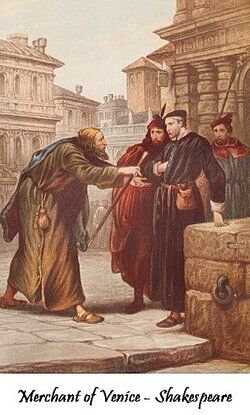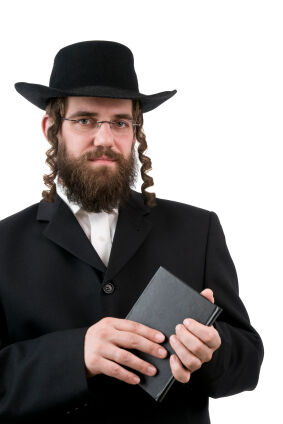Even within reservations almost all the merchantable timber is owned by private individuals.
From the extreme south most of the merchantable timber had been cut, but immediately north of this there were still vast quantities of valuable long-leaf pine; in the marshes of the Delta was much cypress, the cotton-wood was nearly exhausted, and the gum was being used as a substitute for it; and on the rich upland soil were oak and red gum, also cotton-wood, hickory and maple.
The state was originally covered with a dense forest mostly of hardwood timber, and although the merchantable portion of this has been practically all cut away, there are still undergrowths of young timber and a great variety of trees.
Originally white pine was the principal timber of the Adirondacks, but most of the merchantable portion has been cut, and in 1905 nearly one-half of the lumber product of this section was spruce, the other half mainly hemlock, pine and hardwoods (yellow birch, maple, beech and basswood, and smaller amounts of elm, cherry and ash).
Among the more common trees are several species of oak, pine, hickory, gums and maple, and the chestnut, the poplar, the beech, the cypress and the red cedar; the merchantable pine has been cut, but the chestnut and other hard woods of West Maryland are still a product of considerable value.





